Home>Furniture>Outdoor Furniture>What Size Patio Heater Do I Need
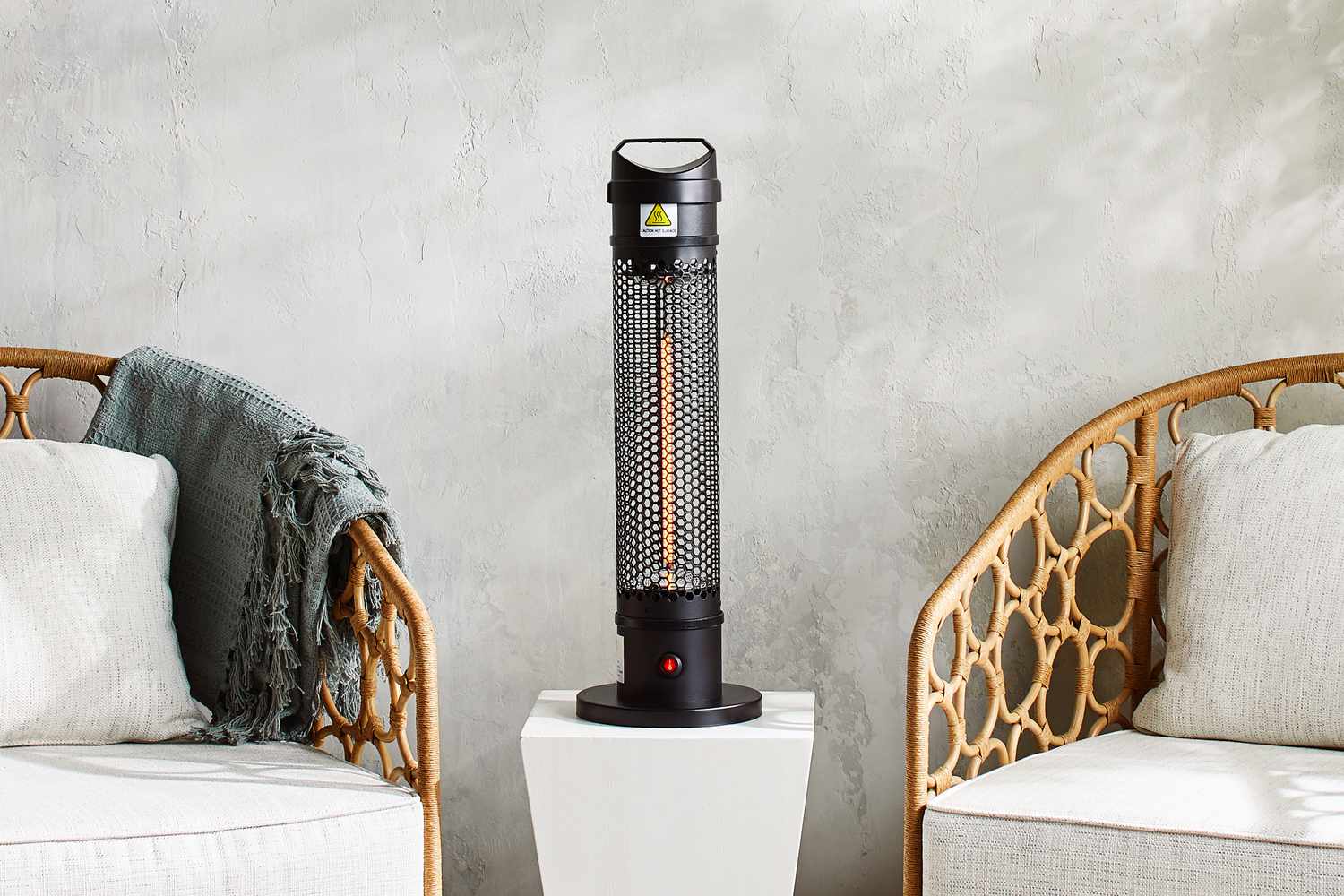

Outdoor Furniture
What Size Patio Heater Do I Need
Modified: March 15, 2024
Find the perfect outdoor-furniture-friendly patio heater based on size. Discover what size patio heater you need for your outdoor furniture setup.
(Many of the links in this article redirect to a specific reviewed product. Your purchase of these products through affiliate links helps to generate commission for Storables.com, at no extra cost. Learn more)
Introduction
Welcome to the world of outdoor living! Creating a cozy and comfortable outdoor space is essential for enjoying those beautiful sunny days or crisp evenings. And when it comes to extending the usability of your patio or deck, a patio heater can be a game-changer. But with numerous options available in the market, it’s important to know what size patio heater you need to make the most of your outdoor space.
Factors such as the size of your outdoor area, insulation, wind conditions, and heat source efficiency all play a role in determining the ideal size of a patio heater. Finding the right patio heater size ensures that you can comfortably entertain guests, relax with your family, or even host a party outdoors, regardless of the weather conditions.
In this article, we’ll delve into the various factors to consider when determining the size of a patio heater, as well as explore the different types of patio heaters available in the market. So, let’s get started, shall we?
Before we jump into the specifics, it’s important to note that the most commonly used unit for measuring the heat output of a patio heater is British Thermal Units (BTUs). BTUs not only determine the heating capacity but also help in selecting the appropriate size.
Key Takeaways:
- Choose the right patio heater size by considering your outdoor space, insulation, and wind exposure. Opt for electric, propane, or natural gas heaters based on your specific heating needs and preferences.
- Prioritize safety, aesthetics, and budget when selecting a patio heater. Consider maintenance and durability for long-term performance. A well-sized patio heater enhances outdoor comfort and enjoyment year-round.
Read more: What Size Of Patio Umbrella Do I Need
Factors to Consider
When determining the size of a patio heater, there are several important factors to consider. These factors will help you gauge the heating requirements of your outdoor space and choose a heater that can effectively warm the area. Let’s take a closer look at these factors:
- Outdoor Space Size: The size of your outdoor space plays a crucial role in determining the size of the patio heater. Larger spaces will require heaters with higher BTU output to distribute heat evenly. Measure the square footage of your patio or deck to get an idea of the heating requirements.
- Insulation and Wind Factors: The level of insulation and exposure to wind are important considerations. If your outdoor space is well-insulated or sheltered from wind, you may require a smaller-sized heater. On the other hand, if you have an open area with high wind exposure, you’ll need a larger heater to compensate for heat loss.
- Heat Source Efficiency: Different types of patio heaters have varying levels of heat source efficiency. This refers to how effectively the heater converts fuel or electricity into heat. Look for heaters with high efficiency ratings to ensure you get maximum heat output for your energy consumption.
- Climate Conditions: Consider the typical climate conditions in your area. If you live in a region with mild winters, you may require a smaller heater. However, if you experience harsh winters, a larger heater may be necessary to combat the colder temperatures.
- Usage Patterns: Think about how you plan to use your outdoor space. If you only plan to use it for intimate gatherings or quiet evenings, a smaller heater might be sufficient. However, if you frequently entertain guests or host parties, a larger heater will ensure everyone stays warm and comfortable.
By taking these factors into account, you can better assess the heating requirements of your outdoor space and narrow down your options to find the perfect-sized patio heater.
BTU Calculation
Calculating the BTU requirements for your patio heater is an important step in determining the appropriate size. BTUs, or British Thermal Units, measure the amount of heat output a heater can generate. By understanding the BTU calculation, you can select a patio heater that provides sufficient warmth for your outdoor space.
To calculate the BTU requirements, follow these simple steps:
- Measure the Outdoor Space: Determine the square footage of your patio or deck by measuring the length and width. Multiply these measurements to get the total area.
- Determine the Temperature Differential: The temperature differential is the difference between the desired outdoor temperature and the average lowest temperature in your area. For example, if you want to maintain a comfortable 75 degrees Fahrenheit and the lowest average temperature is 40 degrees Fahrenheit, the temperature differential is 35 degrees.
- Calculate the BTUs: Multiply the square footage of your outdoor space by the temperature differential. This gives you the total BTUs required for your patio heater. For example, if your patio is 200 square feet and the temperature differential is 35 degrees, the BTUs required would be 7,000 (200 sq. ft. x 35 degrees).
Keep in mind that the BTU calculation provides a general guideline for the heat output required. Other factors, such as wind exposure and insulation, should also be considered to ensure optimal heating. If you live in an area with extremely cold winters or high wind conditions, you may want to increase the BTU output to compensate for these factors.
Once you have determined the BTU requirements for your outdoor space, you can start exploring patio heaters that match your needs. Manufacturers typically provide BTU ratings for their heaters, which makes it easier to find a heater that meets or exceeds your calculated BTU requirements.
It’s worth mentioning that while matching the BTU requirements is crucial, it’s equally important to consider the other factors we discussed earlier, such as insulation, wind factors, and heat source efficiency. Taking all these aspects into account will help you find the ideal patio heater that will keep you warm and cozy during your outdoor gatherings.
Outdoor Space Size
The size of your outdoor space is a key factor in determining the appropriate size of a patio heater. The square footage of your patio or deck will give you an idea of the heat output required to effectively warm the area.
When assessing the size of your outdoor space, consider both the length and width measurements. Multiply these measurements to calculate the total square footage. For example, if your patio is 10 feet long and 8 feet wide, the total square footage would be 80 square feet.
Once you have the square footage, you can refer to industry guidelines to determine the BTU requirements for your patio heater. Typically, it is recommended to have around 10,000 BTUs for every 200-300 square feet of outdoor space.
For example, if your patio measures 200 square feet, you would need a patio heater with a minimum output of 10,000 BTUs. However, if your outdoor space is larger, such as 300 square feet, you would require a heater with a minimum output of 15,000 BTUs.
Keep in mind that these guidelines provide a starting point, and other factors should be considered to ensure optimal heating. For instance, if you have an open outdoor space with high wind exposure, you may need to compensate by opting for a larger-sized patio heater or considering additional wind barriers, such as patio umbrellas or pergolas.
On the other hand, if your outdoor space is partially covered or enclosed, it may require less heat output since the insulation provided by the structure helps retain heat. In such cases, you can opt for a smaller-sized patio heater.
Remember, it’s important to strike a balance between the size of the patio heater and the size of your outdoor space. Too small of a heater won’t provide sufficient warmth, while a heater that is too large may generate excessive heat and consume more energy than necessary.
Consider the size of your outdoor space carefully when selecting the size of your patio heater to ensure optimal heating and a comfortable outdoor experience.
Insulation and Wind Factors
When determining the size of a patio heater, it is important to take into account the level of insulation and the wind conditions of your outdoor space. These factors can greatly influence the heating requirements and overall effectiveness of your patio heater.
Insulation refers to how well your outdoor space retains heat. Areas with good insulation, such as enclosed or covered patios, retain heat more effectively than open spaces. If your outdoor space is well-insulated, you may be able to opt for a smaller-sized patio heater as the insulation helps to trap and retain the warmth generated.
In contrast, if your outdoor area is not well-insulated, such as an open deck or patio, heat loss due to inadequate insulation is a factor that needs to be considered. In these cases, you may require a larger-sized patio heater to compensate for the heat that is being lost to the surrounding environment.
Wind conditions also play a significant role in the effectiveness of a patio heater. Wind can cause rapid heat loss by dissipating the warm air generated by the heater. If your outdoor space is exposed to strong winds, it is important to choose a patio heater with a higher BTU output to counteract the heat loss caused by the wind.
Additionally, you may want to consider installing wind barriers, such as patio screens, fences, or even strategically placed plants, to minimize wind exposure and improve the efficiency of your patio heater.
By taking into account both insulation and wind factors, you can make a more accurate assessment of the size of patio heater you’ll need. If your outdoor area is well-insulated or partially protected from wind, you may be able to opt for a smaller-sized heater. However, if you have an open space with high wind exposure, a larger-sized heater with a higher BTU output is recommended to ensure optimal warmth.
Ultimately, understanding the insulation and wind factors of your outdoor space will help you select a patio heater that can provide efficient and effective heat distribution, resulting in a cozy and comfortable outdoor environment.
Read more: What Size Curtains Do I Need For Patio Doors
Heat Source Efficiency
When considering the size of a patio heater, it’s important to take into account the heat source efficiency. Heat source efficiency refers to how effectively the heater converts fuel or electricity into heat, ultimately impacting the heater’s overall performance and effectiveness.
Patio heaters come in various types, including electric, propane, and natural gas heaters. Each type operates differently and has its own level of heat source efficiency.
Electric patio heaters are known for their high heat source efficiency. They convert electricity directly into heat with minimal energy loss. These heaters are convenient to use, as they can be plugged into a standard electrical outlet. Electric heaters are often a good choice for smaller outdoor spaces or enclosed patios, as they provide instant heat and can be easily controlled.
Propane patio heaters, on the other hand, utilize propane gas as their heat source. These heaters consist of a propane tank that fuels the flame, which in turn generates heat. While propane heaters are portable and allow flexibility in positioning, their heat source efficiency may be slightly lower than electric heaters. However, advancements in technology have allowed for more efficient propane patio heaters that produce a sufficient amount of heat with minimal energy wastage.
Natural gas patio heaters are another option to consider. They are connected to the natural gas supply of your home or outdoor area. Natural gas heaters tend to be more energy-efficient compared to propane heaters, as they have a continuous and readily available fuel source. These heaters provide consistent heat output and are suitable for larger outdoor spaces or commercial use.
When it comes to the heat source efficiency of patio heaters, bear in mind that electric heaters generally have a higher efficiency rating compared to propane and natural gas heaters. However, it’s important to consider the specific requirements and limitations of your outdoor space when selecting the most suitable type of heater.
By choosing a patio heater with high heat source efficiency, you can effectively maximize the heat output while minimizing energy consumption. This not only ensures a comfortable outdoor experience but also contributes to a more sustainable and economical heating solution.
When choosing a patio heater, consider the size of your outdoor space. For smaller areas, a tabletop or 6,000-10,000 BTU heater should suffice. For larger spaces, opt for a freestanding heater with 40,000 BTUs or more.
Types of Patio Heaters
When it comes to selecting the right patio heater for your outdoor space, it’s important to understand the different types available. Each type of patio heater operates differently and has its own unique features and benefits. Let’s explore the various types:
- Electric Patio Heaters: Electric patio heaters are powered by electricity and are popular for their ease of use and convenience. These heaters typically feature a heating element that converts electricity into heat. Electric patio heaters are available in various sizes, including freestanding, wall-mounted, and tabletop models. They are often a great choice for smaller outdoor spaces or enclosed areas as they provide instant heat, are energy-efficient, and do not produce any emissions.
- Propane Patio Heaters: Propane patio heaters use propane gas as their fuel source. These heaters consist of a burner that is connected to a propane tank. When the gas is ignited, it produces a flame that generates heat. Propane patio heaters are often preferred for their portability and flexibility, as they can be easily moved around. They come in freestanding designs and are suitable for both small and large outdoor spaces. However, it’s important to note that propane heaters require proper ventilation, and the propane tanks need to be refilled or replaced periodically.
- Natural Gas Patio Heaters: Natural gas patio heaters are connected to the natural gas supply of your home or outdoor area. These heaters use a burner that is fueled by natural gas to produce heat. Natural gas patio heaters are often used in larger outdoor spaces, such as commercial settings or spacious residential patios. They provide a continuous heat source and are known for their efficiency and convenience. However, installation of natural gas heaters requires professional assistance and proper gas line connections.
- Infrared Patio Heaters: Infrared patio heaters use infrared radiation to heat objects and people directly, rather than heating the surrounding air. These heaters are available in electric and propane versions and are known for their ability to provide focused and targeted heat. Infrared patio heaters are often favored for their energy efficiency and quick heat-up times. They are suitable for both indoor and outdoor spaces, making them versatile options for heating patios, decks, or even garages.
Each type of patio heater has its own advantages and considerations, so it’s important to evaluate your specific needs and outdoor space requirements when choosing the appropriate type. Consider factors such as the size of your space, desired heat output, portability, and fuel availability to make an informed decision.
Now that you have a better understanding of the types of patio heaters available, you can select the one that best suits your needs and enjoy extended outdoor comfort throughout the year.
Electric Patio Heaters
Electric patio heaters are a popular choice among homeowners and outdoor enthusiasts for their convenience, ease of use, and efficient heating capabilities. These heaters are powered by electricity, making them a practical and energy-efficient option for heating outdoor spaces.
There are several types of electric patio heaters to choose from, depending on your specific needs and preferences:
- Freestanding Electric Patio Heaters: These heaters are designed to stand on their own and provide heat to a specific area. They typically feature a tall stand or pole with a heating element on top. Freestanding electric patio heaters are versatile and can be easily moved and positioned wherever needed. They are perfect for larger outdoor spaces, such as patios, decks, and gardens. Some models may even come with adjustable height and heat settings for added convenience.
- Wall-Mounted Electric Patio Heaters: Wall-mounted electric patio heaters are designed to be fixed on the wall or ceiling, providing targeted heat for smaller outdoor areas. They are ideal for compact spaces, such as balconies or covered porches. These heaters save floor space and provide a clean, unobtrusive heating solution. They often come with adjustable heat settings and directional heating elements that allow you to direct the heat where it’s most needed.
- Tabletop Electric Patio Heaters: As the name suggests, tabletop electric patio heaters are small and portable heaters that can be placed on outdoor tables or other flat surfaces. These heaters are perfect for intimate gatherings or cozy outdoor dining. Tabletop electric patio heaters provide localized heat, creating a warm and comfortable ambiance for your guests. They are lightweight, easy to use, and often come with safety features such as tip-over protection.
One of the main advantages of electric patio heaters is that they offer instant heat with the flip of a switch. Unlike propane or natural gas heaters, there is no need for refills or ventilation. Electric patio heaters also produce no fumes or emissions, making them a cleaner and safer heating option for enclosed or partially covered outdoor spaces.
It’s important to consider the wattage and heat output of electric patio heaters when selecting the right size for your outdoor space. Higher wattage models generally provide more heat but consume more electricity. However, many electric patio heaters come with adjustable heat settings, allowing you to control the level of warmth based on your needs and preferences.
Finally, electric patio heaters are relatively low maintenance. They do not require fuel refills or regular maintenance checks, making them a hassle-free choice. Just ensure that you have access to a power source and take appropriate safety measures, such as keeping the heater away from water sources and using a grounded outlet.
Electric patio heaters offer a convenient and effective solution for extending the usability of your outdoor space. With their ease of use, energy efficiency, and various design options, they are a great choice for creating a warm atmosphere and enjoying outdoor activities year-round.
Propane Patio Heaters
Propane patio heaters are a popular choice among outdoor enthusiasts for their portability, versatility, and powerful heat output. These heaters use propane gas as their fuel source, providing a convenient and efficient heating solution for outdoor spaces.
Here are some key points to know about propane patio heaters:
- Freestanding Propane Patio Heaters: Freestanding propane patio heaters are the most common type available. They feature a tall stand or pole with a heating element at the top and a base that houses the propane tank. These heaters are portable and can be easily moved around your outdoor space, making them ideal for larger areas such as patios, decks, or gardens. They often come with adjustable heat settings, allowing you to control the level of warmth desired.
- Tabletop Propane Patio Heaters: Tabletop propane patio heaters are compact and designed to be placed on tables or other flat surfaces. They provide a localized heat source, perfect for cozy outdoor dining or smaller gatherings. Tabletop propane heaters are easy to use and offer a convenient heating option for smaller outdoor spaces or situations where portability is desired.
Propane patio heaters offer several advantages that make them a popular choice for outdoor heating:
- Portability: Propane patio heaters are typically designed with portability in mind. They often come with wheels or handles, allowing you to easily move them around your outdoor space as needed. This versatility is especially valuable when you want to adjust the heat source based on different seating arrangements or changing weather conditions.
- Powerful Heat Output: Propane patio heaters provide powerful heat output, allowing you to enjoy your outdoor space even on chilly evenings or during colder seasons. The flame generated by the burner produces radiant heat that warms the surrounding area. Propane heaters are known for their ability to quickly and effectively heat up large outdoor spaces, making them a popular choice for commercial settings and larger residential areas.
- Flexibility in Fuel Source: Propane is widely available and can be easily obtained from tanks that are refillable or replaceable. This flexibility in fuel source allows you to have a continuous and reliable supply of propane for your patio heater. Propane tanks typically have a good runtime, providing hours of warmth before needing to be refilled or replaced.
It’s important to consider safety precautions when using propane patio heaters. Ensure proper ventilation in open areas, as propane heaters produce carbon dioxide and water vapor during combustion. Additionally, propane tanks should be stored and handled safely, following the manufacturer’s instructions.
Propane patio heaters are a popular choice for outdoor heating due to their portability, powerful heat output, and availability of fuel. Whether you’re looking to warm up your backyard, patio, or deck, propane patio heaters offer a versatile and effective solution, allowing you to enjoy your outdoor space for extended periods throughout the year.
Read more: What Size Patio Furniture Cover Do I Need
Natural Gas Patio Heaters
Natural gas patio heaters are a reliable and efficient option for heating outdoor spaces. These heaters are connected to the natural gas supply of your home or outdoor area, providing a continuous and convenient fuel source. Natural gas patio heaters offer several advantages that make them a popular choice among homeowners and businesses.
Here are some key points to know about natural gas patio heaters:
- Freestanding Natural Gas Patio Heaters: Freestanding natural gas patio heaters are designed with a tall structure that includes a heating element on top and a base for the gas connection. These heaters are perfect for larger outdoor areas, such as commercial spaces or expansive residential patios. They provide a steady and consistent heat output, making them suitable for extended use and cooler climates.
- Wall-Mounted Natural Gas Patio Heaters: Wall-mounted natural gas patio heaters are fixed to the wall or ceiling, providing targeted heat in smaller outdoor spaces. These heaters are often used in compact areas like balconies, covered porches, or outdoor seating areas. Wall-mounted heaters are space-saving and offer a clean and unobtrusive heating solution.
Natural gas patio heaters offer several advantages that set them apart:
- Efficiency and Cost-Effectiveness: Natural gas is generally more cost-effective compared to other fuel sources. It is a readily available utility that is piped directly to your outdoor space, eliminating the need for refills or propane tanks. Natural gas patio heaters are known for their high energy efficiency, providing a consistent heat output while minimizing energy waste.
- Continuous Heat: Natural gas patio heaters provide a continuous heat source, allowing you to enjoy your outdoor space for longer periods without worrying about running out of fuel. This is particularly beneficial for commercial settings or areas where consistent warmth is required.
- Eco-Friendly Option: Natural gas patio heaters operate with lower emissions compared to other fuel sources, making them an environmentally friendly choice. They produce fewer carbon emissions, helping to reduce the carbon footprint of your outdoor heating system.
Installation of natural gas patio heaters requires professional assistance to ensure proper gas line connections and compliance with safety regulations. It is important to have the heater installed and connected by a qualified technician to maintain safety and prevent any potential hazards.
Considering the long-term cost-effectiveness, convenience, and continuous heat supply, natural gas patio heaters are a reliable and efficient heating option. They allow you to extend the usability of your outdoor space and create a warm environment for outdoor gatherings, events, or simply enjoying the outdoors.
Other Considerations
When determining the size of a patio heater, there are a few additional factors to consider to ensure optimal heating and a comfortable outdoor experience. These considerations go beyond the basic calculations and take into account specific needs and conditions. Let’s explore these factors:
- Aesthetics: Patio heaters come in various designs and styles, allowing you to choose one that complements your outdoor decor and personal taste. Consider the aesthetics of the heater and how it will blend in with your outdoor space. Whether you prefer a sleek modern design or a more traditional look, finding a patio heater that matches your style will enhance the overall ambiance of your outdoor area.
- Controls and Settings: Different patio heaters offer various control options and heat settings. Some heaters come with adjustable heat levels, allowing you to customize the warmth based on your preferences and the weather conditions. Additionally, features like timers, remote controls, and built-in thermostats can enhance convenience and ease of use.
- Safety Features: Safety should always be a priority when using patio heaters. Look for heaters with safety features such as a tip-over switch that automatically shuts off the unit if it is accidentally knocked over. Overheat protection is another important feature to prevent the heater from overheating. These safety mechanisms provide peace of mind while enjoying your outdoor space.
- Maintenance and Durability: Consider the maintenance requirements of the patio heater, such as cleaning and servicing. Opt for a heater that is built with durable materials to withstand outdoor conditions and ensure longevity. Regular maintenance and care will not only prolong the lifespan of the heater but also optimize its performance and efficiency.
- Budget: Last but not least, consider your budget. Patio heaters come in a range of prices, so it’s important to set a budget that aligns with your needs and preferences. While it’s tempting to go for the cheapest option, keep in mind that investing in a quality patio heater will often provide better performance, durability, and energy efficiency in the long run.
By considering these factors, you can select a patio heater that not only meets your heating requirements but also suits your style, offers convenience, and prioritizes safety. Remember to strike a balance between functionality, aesthetics, and your budget to find the perfect patio heater for your outdoor space.
Conclusion
Choosing the right size patio heater for your outdoor space is essential for creating a comfortable and inviting ambiance, allowing you to enjoy the outdoors even when the temperatures drop. By considering factors such as the size of your outdoor area, insulation, wind conditions, and heat source efficiency, you can determine the appropriate size and type of patio heater that will effectively warm your space.
Numerous options are available in the market, including electric, propane, and natural gas patio heaters. Electric patio heaters offer instant heat, energy efficiency, and ease of use, making them ideal for smaller spaces or enclosed areas. Propane patio heaters provide powerful heat output and are highly portable, while natural gas patio heaters offer continuous heat and cost-effectiveness for larger outdoor areas.
When selecting a patio heater, consider aesthetics, control settings, safety features, and durability. Take into account your budget and prioritize long-term performance and energy efficiency. Regular maintenance and proper care will ensure your patio heater stays in good condition for years to come.
Remember, the size of the patio heater is not the only factor that determines its effectiveness. Insulation, wind exposure, climate conditions, and usage patterns should also be considered to ensure optimal warmth in your outdoor space.
With the right size patio heater, you can create a cozy and inviting outdoor environment, extending the usability of your patio, deck, or garden. So, whether you’re hosting a social gathering, enjoying a quiet evening outdoors, or simply savoring a morning coffee on your patio, the warmth and comfort provided by a well-sized patio heater will enhance your outdoor experience and make your outdoor space a year-round oasis.
Frequently Asked Questions about What Size Patio Heater Do I Need
Was this page helpful?
At Storables.com, we guarantee accurate and reliable information. Our content, validated by Expert Board Contributors, is crafted following stringent Editorial Policies. We're committed to providing you with well-researched, expert-backed insights for all your informational needs.

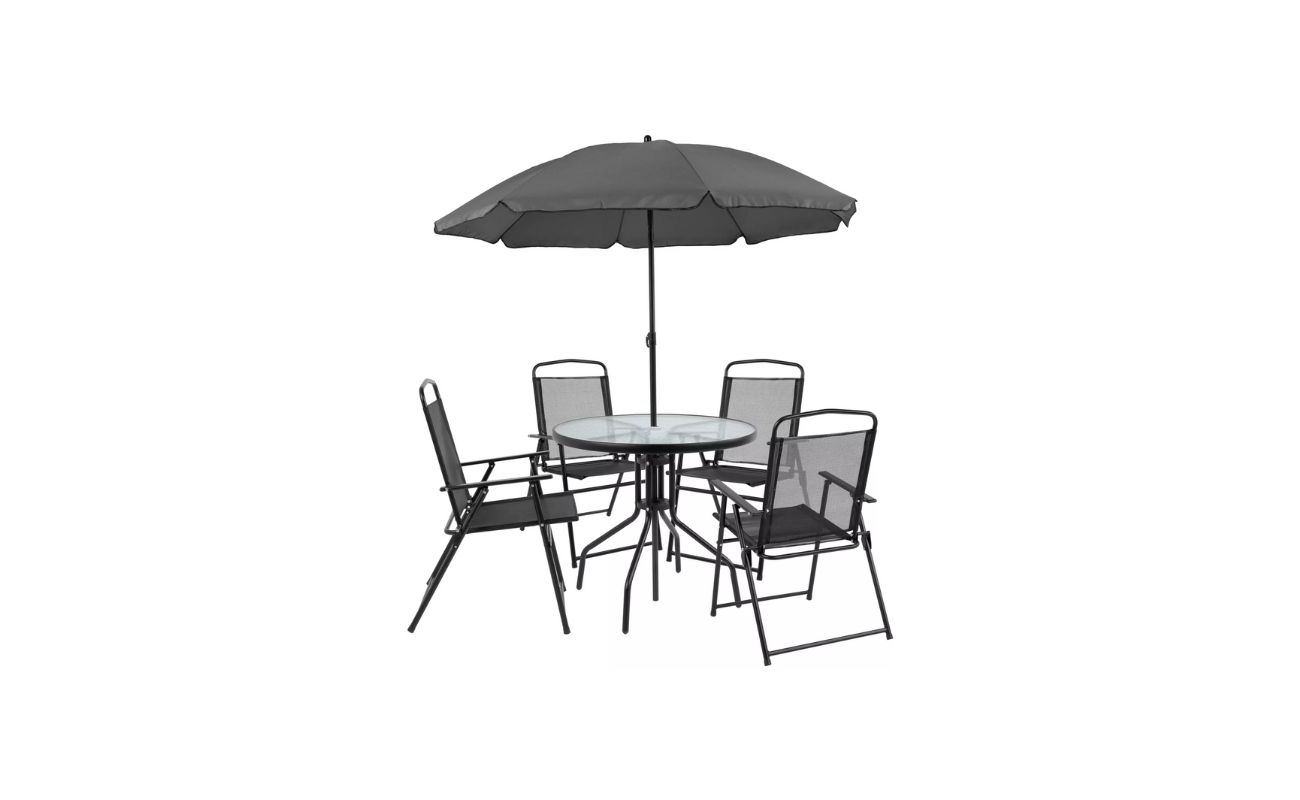
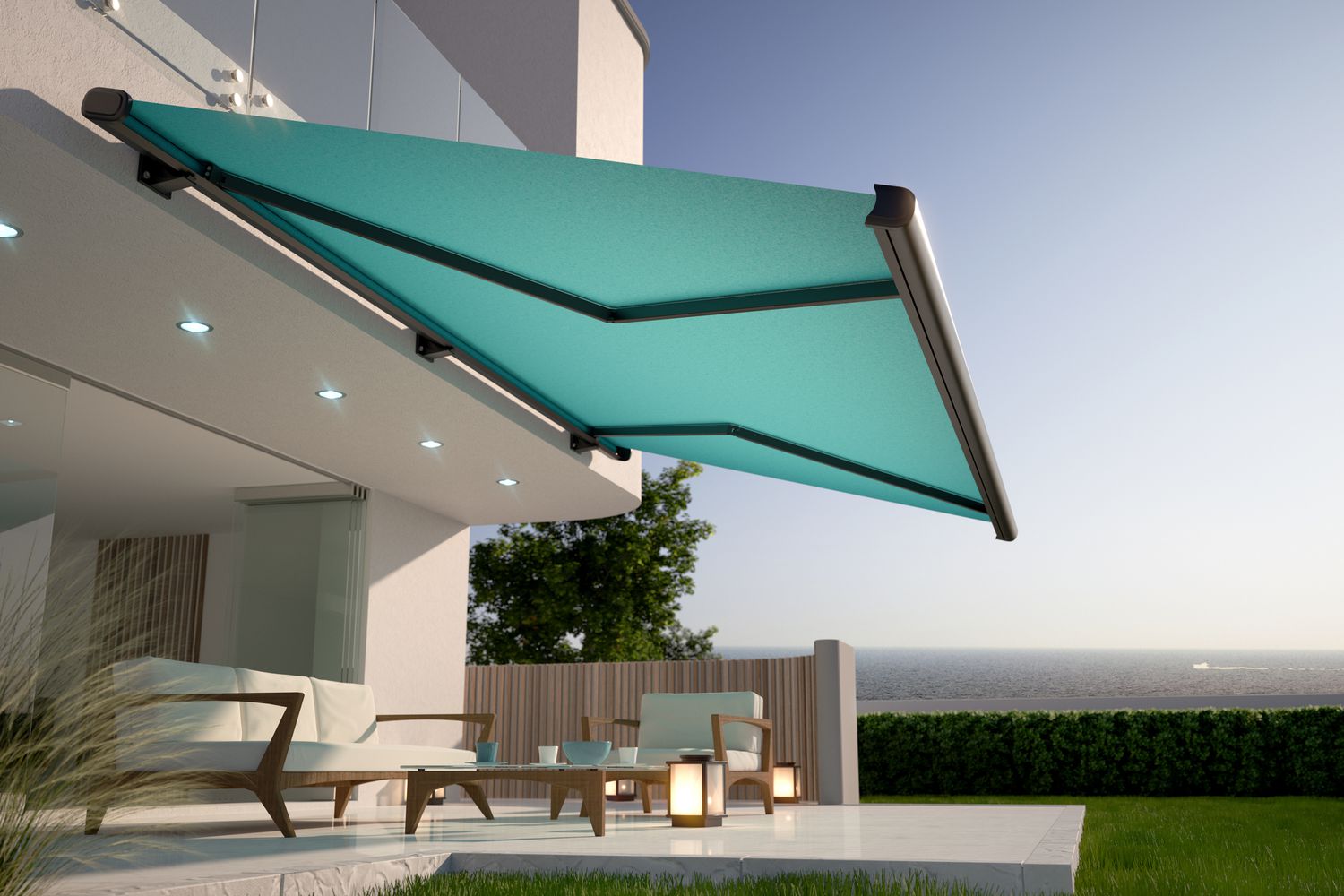


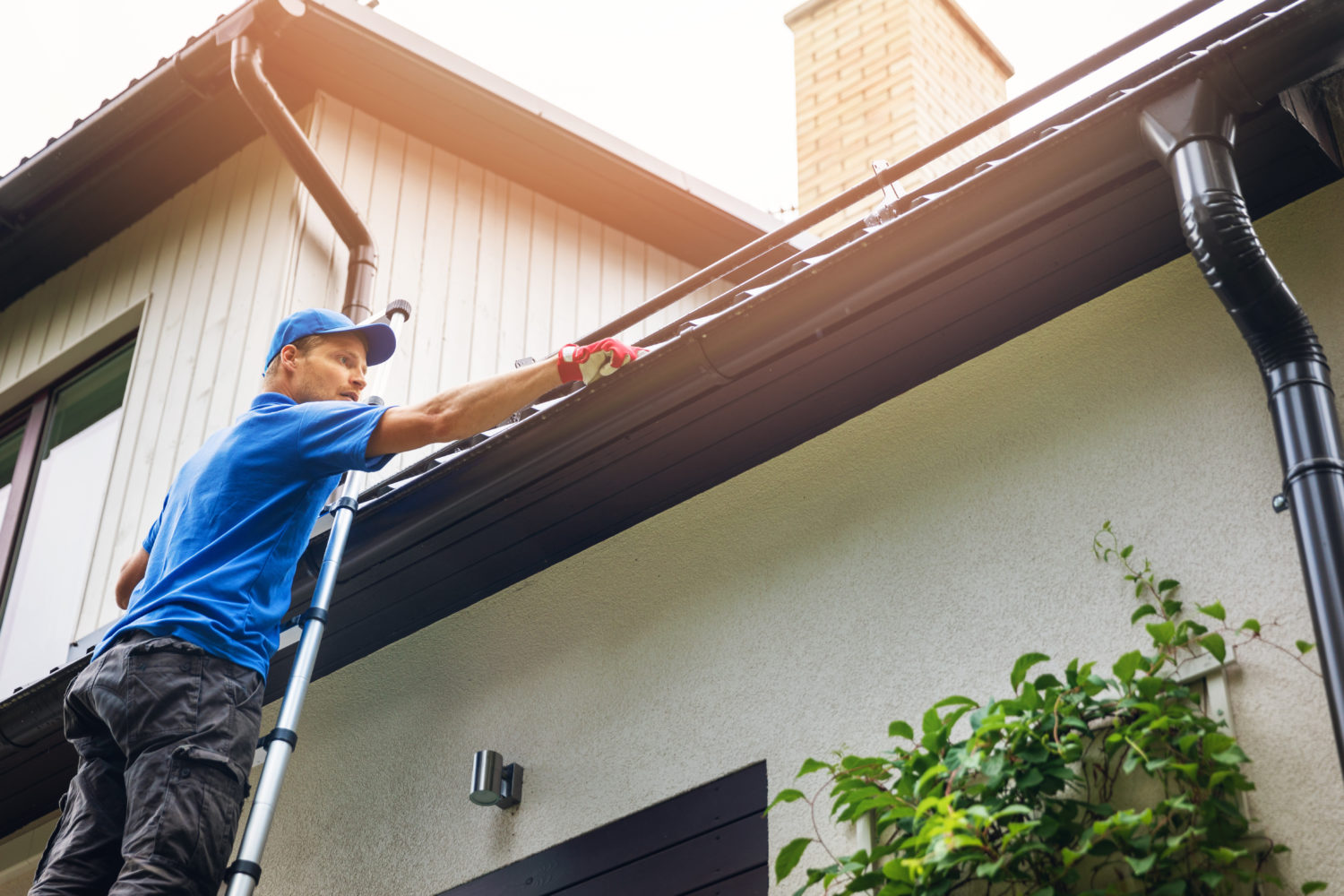

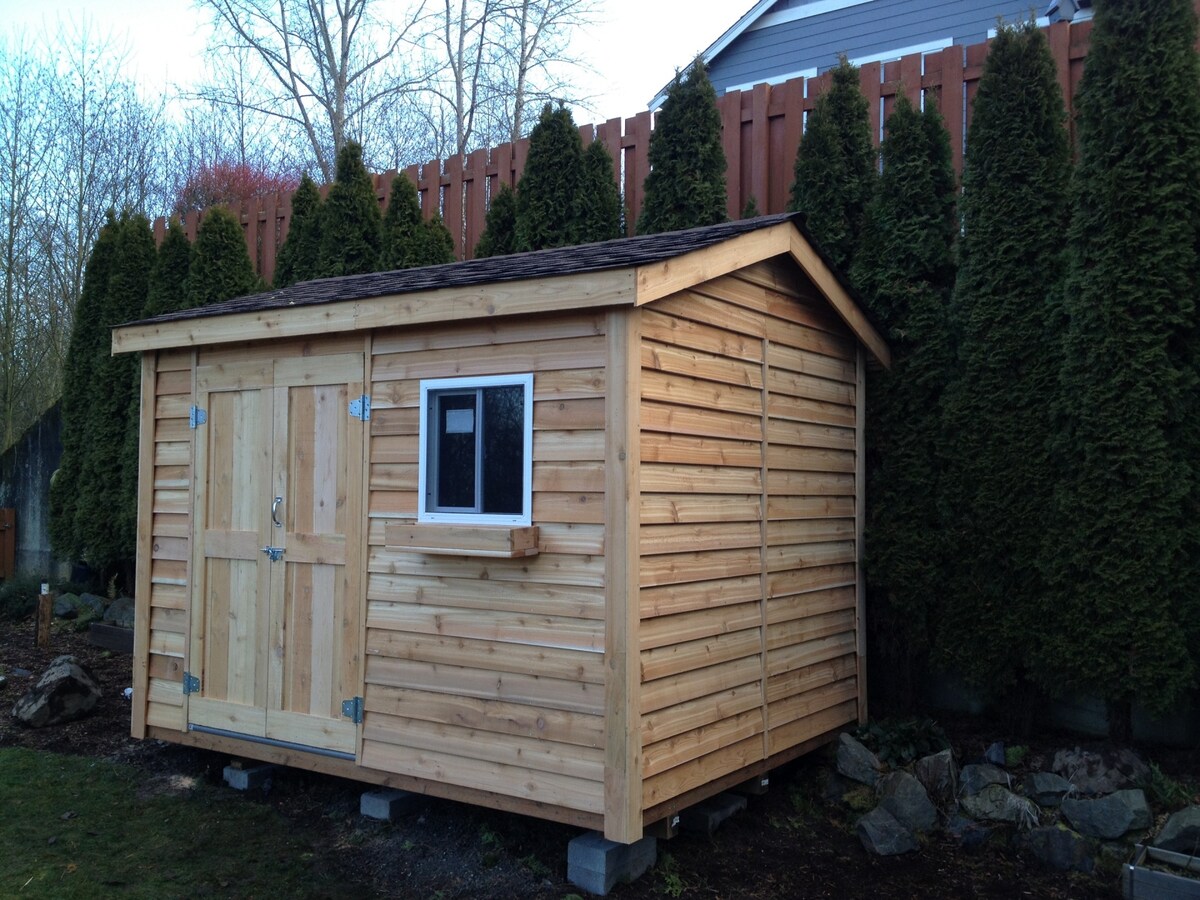



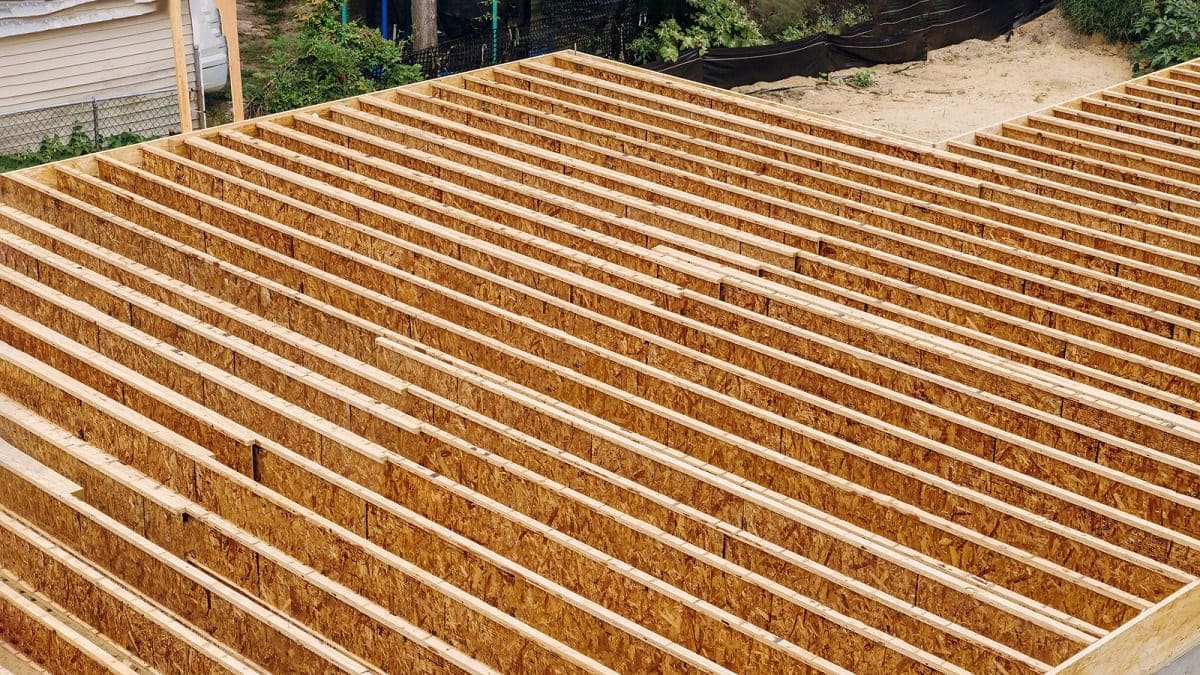
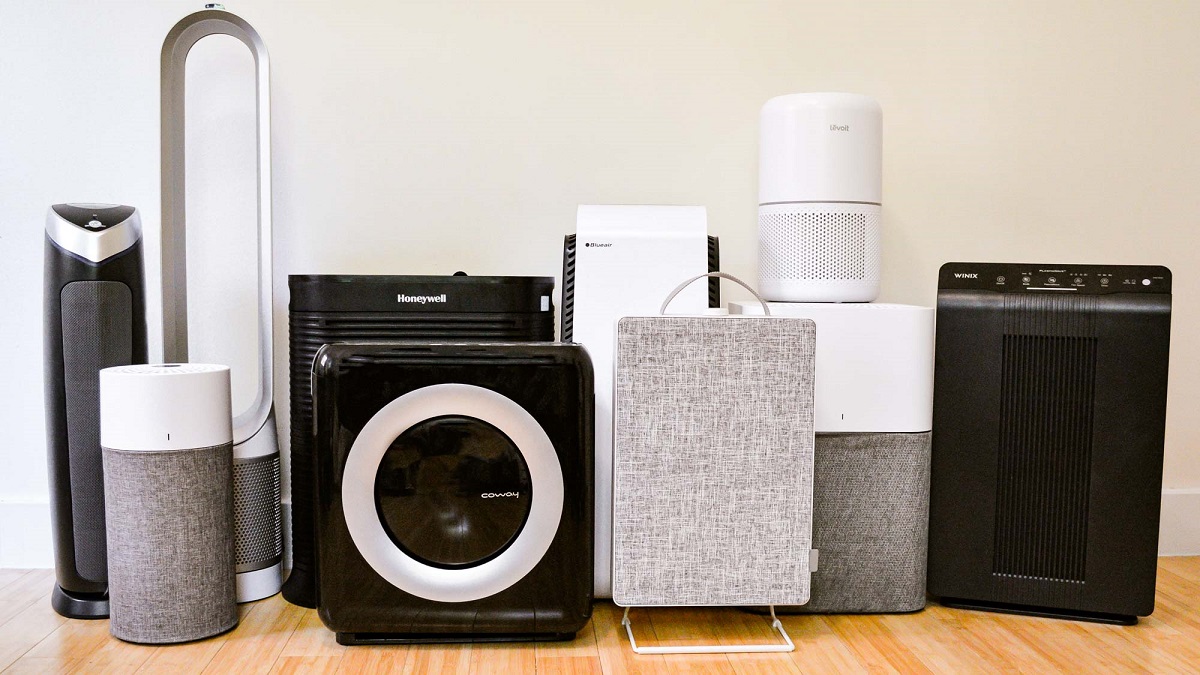

0 thoughts on “What Size Patio Heater Do I Need”